Know Your Movements: What Makes Your Wristwatch Work

The designs of men's watches are characteristically creative. The dial or the design of the mechanism itself is pure art and the movement exerts as much charm as the dial and case. The movement of a wrist watch is one of the most important components of the watch, not to be overlooked. While most buyers pay attention only to the outer exterior of watches, a detail-oriented man appreciates the inner mechanism of a watch.
The watchmaker spends much of his time carefully attending to the inside of a watch. Those who know the intricacies of watchmaking point out that carefully crafted mechanisms make a masterpiece and distinguish it from a mediocre watch. You need to know the working mechanism of your wrist watches so that you will not be worried when it stops working. It will also help you choose the best watch for you from those available.
What is a watch movement?
The mechanism that tells the time is called a movement or caliber. It is made up of many small parts such as gears, springs, and more. The movement is the heart of a watch that makes a watch beat and refers to the mechanism that drives the hands on the dial and enables complications such as a calendar, chronograph, or a second time zone.
Different types of timepieces use different movements.
There are three types of movements:
1. Quartz Movement - The movement makes the second hand move in single beats. It works on a small battery.
2. Mechanical Movement – This movement makes the second hand move constantly. The mainspring of the watch must be wound by hand to work, usually every 2-3 days.
3. Automatic Movement - Kinetic energy from the movement of the wearer's wrist is automatically transferred to power the mainspring inside the watch.
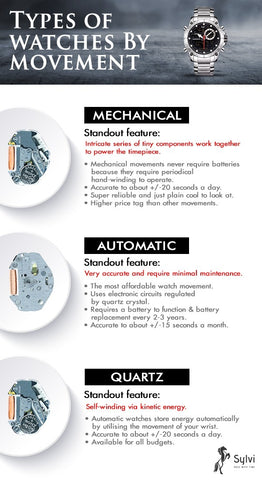
Let’s discuss the three watch movements in detail.
Quartz Movement
The Japanese watch manufacturer Seiko introduced a new technology, the quartz movement in 1969. The introduction of this new technology presented a critical challenge to traditional watchmakers who were powering their watches with mechanical movements.
In response to this, most established watch manufacturers launched their own versions of quartz watches, ushering in the era of battery-powered wristwatches. Quartz movement is used in a digital wrist watch just like an analog watch. Quartz watches are preferred for regular use because of their greater accuracy and reliability.
How Does A Quartz Movement Work?
A quartz watch is powered by a small battery that sends an electrical signal through a piece of quartz crystal. The quartz oscillates 32768 times per second, generating a signal with a precise frequency. The oscillations are measured by the circuit and converted into a single pulse per second. The constant movement of the watch hands is the result of this pulsation.
Advantages of a Quartz Movement
There are many pros of quartz movement in a watch. Much cheaper than other watch movements and its longevity makes it affordable for any income group. Look at more such features below.
- Accurate time: The quartz movement almost never deviates from the exact time and provides excellent accuracy.
- User-friendly: Quartz timepieces run on batteries and do not require human intervention to keep the timepieces running.
- Low maintenance: The small number of moving parts and the presence of a battery mean that quartz watches require little maintenance. Thus, it can accompany you for 10 to 20 years.
- Economical: Mechanical and automatic watches require more labor and skill than quartz. Quartz watches are therefore cheaper.
- Durability: A quartz watch has fewer moving parts that may need repair and is therefore more durable.
Mechanical Movement
The passage of time in a watch with mechanical movement is measured by a spring mechanism. The spring (also called the mainspring) must be wound at regular intervals. Mechanical or manual watches perform virtually the same function as those with quartz movement. Apart from the absence of a battery, a closer look reveals something special, an extra excitement that has captivated many watchmakers.
A mechanical watch consists of complex springs and moving gears that drive the movement of the hands with elegant precision. Some of the rotor mechanisms in these watches work in conjunction with gravity - compressing the mainspring when the wrist moves, generating kinetic energy that powers the self-winding mechanism. Luxury watches collectors prefer watches with mechanical movements.
The complicated mechanism of these watches can often only be described as art. With some hand-wound watches, telling the time becomes a secondary matter, as these classic wristwatches are transformed into something else. They are more like watches, collectibles, and accessories.
How Does A Mechanical Movement Work?
Unlike quartz movements, a mechanical movement uses the energy of the wound spring to power the watch, rather than a battery. This spring transmits energy through a series of springs and gears to drive the operation of the watch's hands and complications.
Advantages of a Mechanical Movement
- Longevity: A well-built mechanical watch will last a lifetime if cared for properly.
- Batteries: There is no need to worry about changing batteries, which is always an inconvenience. Many people consider the manual winding of a simple mechanical wristwatch an extremely desirable ritual.
- Aesthetics: Many mechanical watches have a transparent sapphire case back that allows one to see the fascinating rotations and vibrations of the tiny working parts. One sign of a high-quality mechanical watch is its weight-you can feel that it is heavy in your hand.
Automatic Movement
An automatic watch is a mechanical watch that uses the kinetic energy of the wearer's natural wrist movement. The spring is wound automatically by the natural movements of the wrist. You do not need to wind it manually. The most common black wrist watch comes integrated with quartz or automatic movement.
How does the automatic Movement Work?
The internal mechanism of automatic movement is similar to that of a mechanical watch movement. Rotor, a metal weight is added to the manual parts of the watch. The rotor is free to rotate and is connected to the movement. The rotor rotates with each movement of the wrist and transfers energy to the spring. The spring is automatically wound by this energy transfer.
Advantages of an Automatic Movement
- The ritual of daily winding is eliminated with automatic watches.
- When worn regularly, the watch remains functional.
- While mechanical watches are relatively filigreeing and thin, automatic models are usually thicker because of the additional rotors.
- Whereas an automatic watch uses a rotor to wind the mainspring to the movement of the user's hand, the Kinetic uses the user's movement to wind the battery that powers the quartz movement.
- It offers the best of both worlds: the precision of a quartz watch without the need to change batteries.
Your budget will determine the type of movement to purchase. If you only have little money to spend, a simple quartz watch from a recognized brand will suffice when searching for watches online. Higher up the price scale are the coveted mechanical and automatic wristwatches, assembled with great care and skill.
Related:
What is the Japanese Quartz Movement & How does it Work?
What are 10 tips for buying men’s wristwatches according to dressing?
Recommended Topics
- 2023
- 2024 Collection
- 40mm Dial Watches
- 40mm Men's Watches
- 40mm Watch
- Active Lifestyle
- affordable automatic watch
- Affordable Elegance
- Affordable Watches
- Alarm Setup
- Alarm Watches
- Analog Digital Watches
- Analog vs Smartwatch
- Analog Watches
- analog watches for men
- Anniversary Gifts
- Anniversary Watches
- Automatic Mechanical Watches
- automatic moonstone watch
- automatic watch
- Automatic Watches
- Automatic Watches For Men
- Automatic Watches Under 5000
- Automatic Wrist Watches For Men
- Bella
- Benefits
- Best Blue Dial Watches
- best branded watches under 1000
- Best Casual Watches
- Best Chronograph Watches
- Best Chronograph Watches Under 2000
- best friend gift ideas
- Best Gift For Friend
- Best Low-Price Watches
- Best Metal Watches
- Best of 2024
- Best Picks
- Best Places
- Best Quartz Watches
- Best Selling Watches
- Best Sports Watch
- Best Sports Watches Under 2000
- Best Watch Brands
- Best Watch Brands For Men
- Best Watch Brands For Women
- Best Watch Gift For Boyfriend
- Best Watches
- Best-Dressed Actors
- Birthday Gifts
- Black Analog Watch
- Black Chain Watches
- black dial watch for men
- black dial watch for women
- black dial watches
- black watch for women
- Black Watches
- Blade Watch
- Blue Dial Watches For Ladies
- Blue Watches
- Bollywood Actors
- Boyfriend Watches
- Boys' Watches
- Bracelet Watches
- Bracelet Watches For Women
- Branded Watches
- Branded Watches at Low Price
- branded watches under 1000
- Branded Wrist Watch For Men
- Bride Watches
- Brown Leather Strap Watches
- Budget Friendly
- budget watches
- Budget-Friendly
- budget-friendly watches
- Build and Maintain
- Business Watches
- Buyer's Guide
- Buying Guide
- Casual Watches
- Casual Watches For Men
- Celebration
- Celebrations
- Chain Watch
- chain watches for men
- chain watches for women
- Character
- Christmas 2023
- Christmas Gifts
- Christmas Sale On Watches
- Chrono Watches
- Chronograph watch
- Chronograph Watches
- Chronograph Watches For Men
- Chronograph Watches Under 2000
- Chronograph Watches Under 5000
- circle watch for men & women
- Classic Designs
- Classic to Modern
- Clothing Combo
- Clothing Ideas
- Color Guide
- Commanding Style
- Comparison
- Conscious Consumers
- Consistency
- Cool Casual Watches
- Core Values
- Couple Watches
- Couples
- Craftsmanship
- crystal watch
- Customer Review
- Daily Wear Watches
- Date-Day Watches
- Dazzle vs Serene
- Deployment Clasp
- Diamond Watches
- Diamond Watches For Women
- Digital Watches
- Discounts
- Diva Collection
- Diva Watches
- Dive Watches
- Diwali
- Diwali Festival
- Diwali Gifts
- Diwali Outfits
- Do's and Don'ts
- Dress Watches
- Dressing Style
- Dressing Styles
- Durability
- Dussehra
- Ellore watch
- Elon Musk
- Engraved Messages
- Enthusiasts
- Essential Accessories
- Every Day Watches
- Everyday Look
- Everyday Watches
- Evolution
- Excellence
- Exclusive Watches
- Expensive Watches
- Expert Tips
- Explanation
- Factors
- Facts
- Famous
- Fancy Watches For Men
- Fashion Accessories
- Fashion Models
- Fashion Watches
- Fashionable
- Father's Day
- Festival
- Festival of Colors
- Festive Season
- Formal Watches
- Formal Watches For Men
- formal watches for women
- Free
- Friendship Day
- Frist Sports Watches
- Future of Watches
- Garba Outfits
- Genuine Leather Watch Strap
- gift for women
- Gift Guide
- Gift Ideas
- gift watch
- Gift Watches
- Gifting
- Gifts For Best Friends
- Gifts For Friends
- Gifts for Sisters
- Girl Watches
- Girls' Watches
- Giveaway
- Gold Watches
- Gold Watches For Men
- Gold Watches For Women
- Green Dial Watches
- Groom Watches
- Grooming Tips
- Growth
- Guide
- Handpicked
- Happy Friendship Day
- Hawk Watches
- High-Performance Watches
- high-quality watches
- History
- Holi Sale
- Holiday Gifts
- Holiday Style
- Hollywood Actors
- Hollywood Inspiration
- Hollywood Stars
- How to Know Original Wrist Watch
- How-To
- Husband Watches
- Iconic Collection
- Iconic Watches
- Ideal Selection
- Imperial Collection
- Imperial Watch Collection
- Imperial Watches
- Importance of Time
- Important Rules
- Impress Your Boss
- Indian Cricketers
- Indian Flag
- Indian Politicians
- Indian Watch Brands
- Indian Watch Market
- Indian Watches
- Innovation
- Janmashtami
- Janmashtami 2024
- Japanese
- Job Interview
- Joy of Gifting
- Key Features
- Krishna Janmashtami
- Ladies Fashion Watches
- Ladies Watches
- Latest Trends
- Latest Watches
- Leather Strap
- Leather Strap Watches
- Leather Watch Straps
- Leather Watches
- Light Watch
- Love Language
- Luxurious
- Luxury
- luxury diamond watch for women
- Luxury Gifts For Men
- Luxury Watch Brand
- Luxury Watch Brand For Men
- Luxury Watch Brand For Women
- Luxury Watches
- Luxury Watches For Men
- Maintaining Mechanical Watch
- Maintenance
- Makar Sankranti
- Makar Sankranti 2025
- Makar Sankranti Celebration In India
- Makar Sankranti Wishes
- Marriage Occasion
- Matching Accessories
- Matching Guide
- Materials
- Mechanical Watch Movements
- Mechanical Watches
- Meditation
- Mega Sale
- Men's Accessories
- Men's Blue Dial Watches
- Men's Brown Leather Strap Watches
- Men's Chrono Watches
- Men's Fancy Watches
- Men's Fashion
- Men's Fashion Watches
- Men's Leather Strap Watches
- Men's Outfits
- Men's Roman Numeral Watches
- Men's Style
- Men's Tips
- Men's Watch Styles
- Men's Watches
- Men's Watches With Alarm
- Men’s Water Resistant Watches
- Men’s Wrist Watches
- Metal Watches
- Metal Watches For Men
- Military Watches
- Mind-Body Harmony
- Mindfulness
- minimalist watch
- minimalist watch under 2000
- Minimalist Watches
- Modern Innovations
- Moon Phase Watch
- MoonPhase Watch
- Myths vs. Reality
- National Heroes
- Navratri
- New Features
- New Launch
- New Year's Eve
- Night Watches
- Nylon Strap Watches
- Nylon Watch Straps
- Octagon Shape Watches
- Office Hours
- Office Wear
- Online Buying
- Online Collection
- Online Watches For Women
- Outfit
- Pairing Guide
- Pairing Watches
- Party Wear Watches
- Perfect for Him
- Perfect Gift
- Perfect Watch
- Personality
- Personalized Gifts
- Pre-Wedding Photography
- Premium Brand
- Premium Watch
- Premium Watches
- Premium Watches for Men
- Premium Watches for Women
- Professional Look
- Professional watches
- ProTimer Collection
- Prototype Details
- Prototype Watches
- Quartz Movement
- Quartz vs Automatic
- Quartz Watches
- Quartz Watches For Men
- Race Master
- Racing Watches
- Raksha Bandhan
- Reasons
- Reasons to Wear
- Recommendations
- Republic Collection
- Republic Day
- Rig One 'O One
- Right Watch
- Roman Numeral Watches
- Roman Numeral Watches For Men
- Rose Gold Watches
- Rose Gold Watches For Women
- Rose Gold Women's Watches
- round dial watch
- Round Dial Watches
- round dial watches for women
- Round Shape Watches
- round watch for men
- round watch for women
- Round Watches
- Round Watches For Women
- Rugged Watches
- Santa Sale
- Seasonal Tips
- Self-Love
- September 2023
- Shop Online
- Shopping Tips
- Signature Look
- Significance of Time
- Silicone Strap
- Silicone Watches
- silver strap
- Silver Watches
- Silver Watches For Men
- simple analog watches
- Simplicity
- Situations
- Size Measurement
- Skeleton Watches
- Sleek and Slim
- Slim Watches
- Small Dial Watches
- Small Dial Watches For Ladies
- Small Hands
- Small Watches
- Smartwatches
- Special Gifts for Friend
- Special Occasions
- Special Offers
- Sport Watch
- Sports Fan
- Sports Watches
- Sports Watches For Men
- Square Watches
- Square Watches For Men
- Square Watches For Women
- Stainless Steel Watches
- steel straps
- Stocking Stuffers
- Stopwatch
- Strap For Watches
- Strap watch
- Style
- Style Guide
- Style Statement
- Style Tips
- Styling Tips
- Stylish Watches
- Stylists
- Suit
- Sustainable Watches
- Sylvi Analog Watch
- Sylvi Collection
- Sylvi Insights
- Sylvi Watch
- Sylvi Watches
- Symbolic Watches
- Teachers Day
- Thoughtful Ideas
- Time Carnival
- Time Management
- Time Optimization
- Timekeeping History
- Timeless Appeal
- Timeless Elegance
- Timeless Technology
- Timepieces
- Top 10 Watches
- Top 3 Watches
- Top 4 brown men
- Top Collection
- Top Picks
- Top Watch Brands
- Top Watch Brands in India
- Top Watches
- Traditional Indian Wear
- Traditional Watches
- Traditions
- Transformation
- Travel Watches
- Trendiest Watches
- Trends
- Tribute
- Tricolor Watch Straps
- Types
- Under 1000
- Under 2000
- Unique Features
- Unique Gift
- Unique Ideas
- Unique Watches
- Upgraded
- Valentine Week
- Valentine's Day
- Valuable
- Velocity Watches
- Vibrant Colors
- Vintage Analog Watches
- Vintage Men's Watches
- Vintage Watches
- Vintage Watches For Men
- Vintage Wrist Watches
- Wardrobe
- Watch Advancements
- Watch As a Gift For Boyfriend
- Watch Band
- Watch Battery Life
- Watch Benefits
- watch box
- watch box for gift
- Watch Box Organizer
- Watch Boxes
- Watch Brand In India
- Watch Care
- Watch Care Tips
- Watch Case Size
- Watch Choice
- Watch Clasps
- Watch Collection
- Watch Collection for Men
- Watch Construction
- Watch Details
- Watch Dial Sizes
- Watch Dials
- watch for women under 3000
- Watch Functions
- Watch Gift For Boyfriend
- Watch Gifts
- Watch Ideas
- Watch Mechanics
- Watch Movements
- Watch Pairing
- Watch Pairs
- Watch Parts
- Watch Photography Ideas
- Watch Repair
- Watch Repair Service
- Watch Repair Shop
- Watch Sale
- Watch Selection
- watch store in surat
- watch store near me
- Watch Straps
- Watch Styling
- Watch Trends
- Watch Types
- watch under 2000
- Watch Wearing
- Watch With Light
- Watches
- Watches For Girl
- watches for men
- Watches For Men Low Price
- Watches For Women
- Watches For Women Low Price
- Watches For Women Online
- watches for women under 5000
- watches gift for best friend
- Watches Under 1500
- Watches With Date and Day
- Watches With Sapphire Crystal
- Water Resistance
- Water Resistant Watches
- Water-Resistant
- Waterproof
- Wearing Tips
- Wedding Gift
- Wedding Gifts
- Wedding Watches
- Wedding Watches For Groom
- White Watches
- White Watches For Men
- White Watches For Women
- Winter Watches
- women watches
- Women's Luxury Watches
- Women's Watches
- Women's Watches Online
- Women’s Water Resistant Watches
- World Timer Watch
- World Timer Watches
- Wrist Size Guide
- Wrist Sizes
- Wrist Watch
- Wrist Watches
- Wrist Watches For Men
- Wrists
- Yoga Watches
Latest Watches
Urbane Rosegold Black
Rs. 2,019.00
Majestic Green Black Silicone
Rs. 1,749.00
Professional Edge White Rosegold
Rs. 1,799.00
Rig One 'O One White Crystal - WT Max
Rs. 1,679.00















































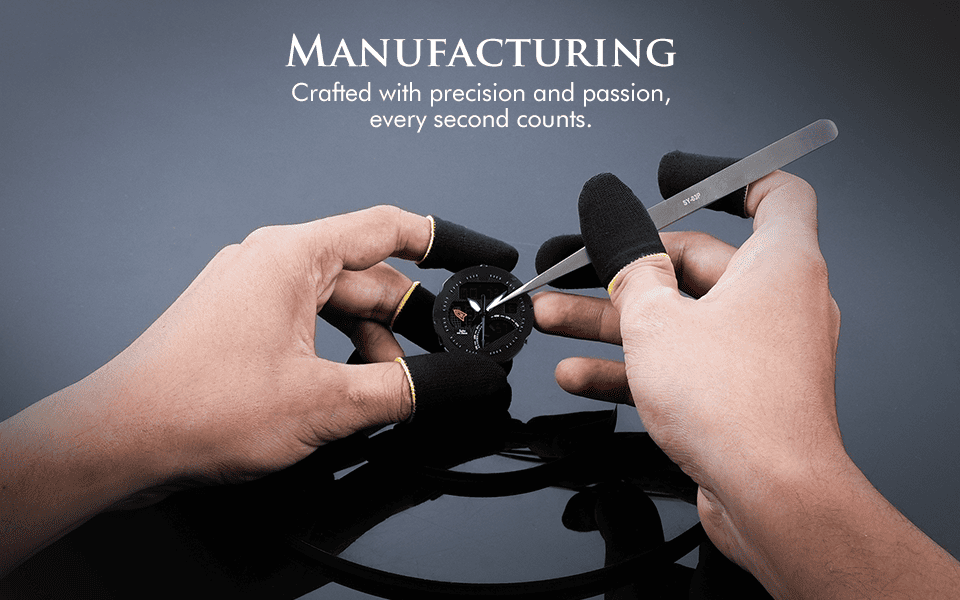











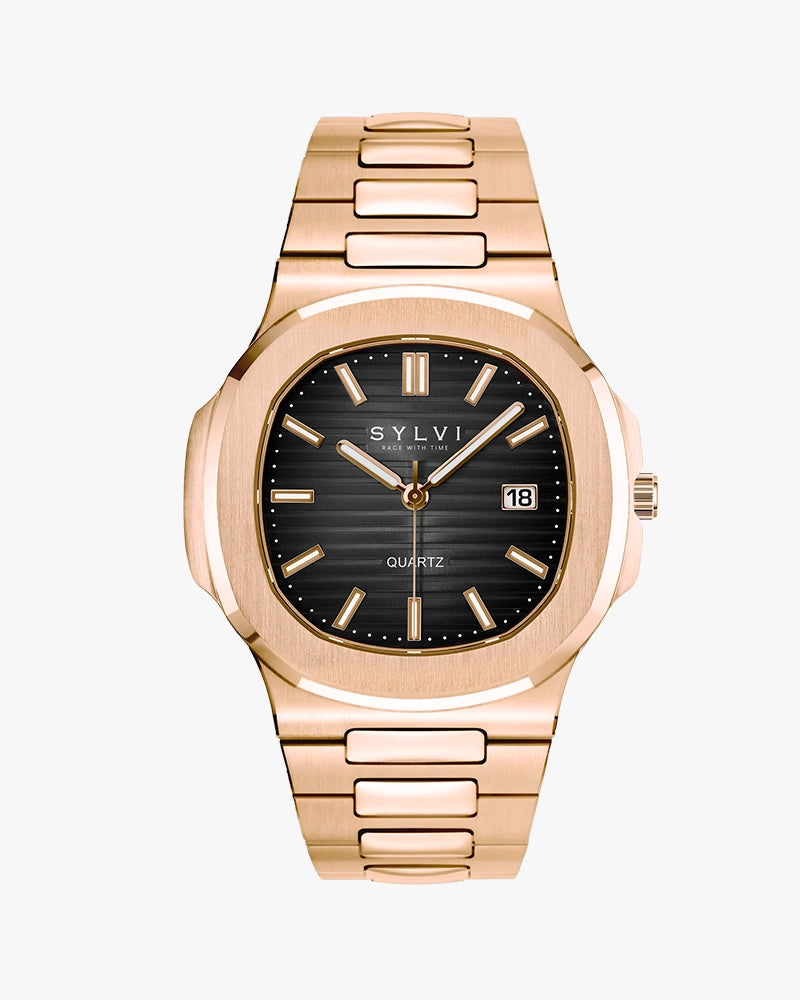
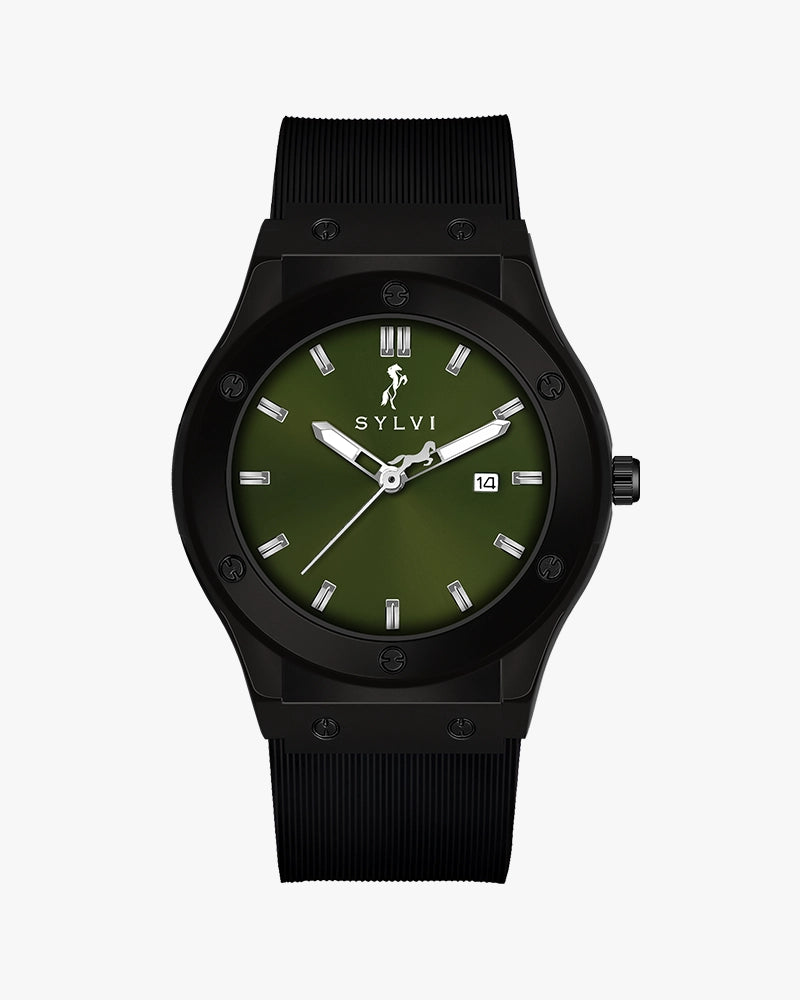
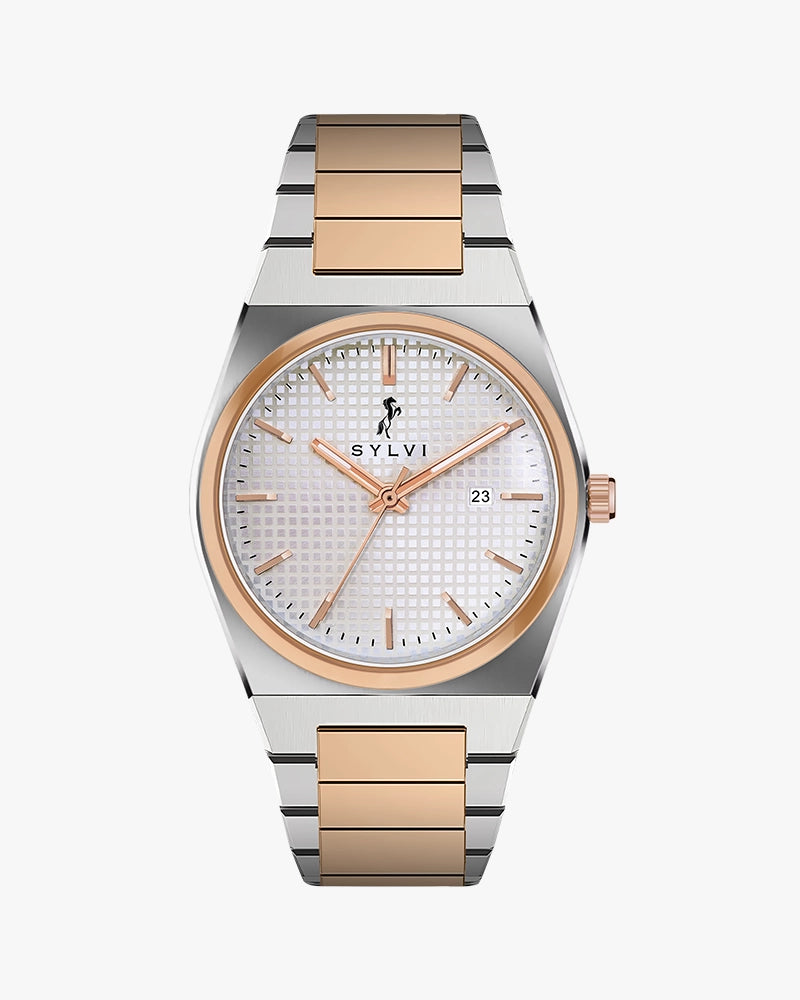
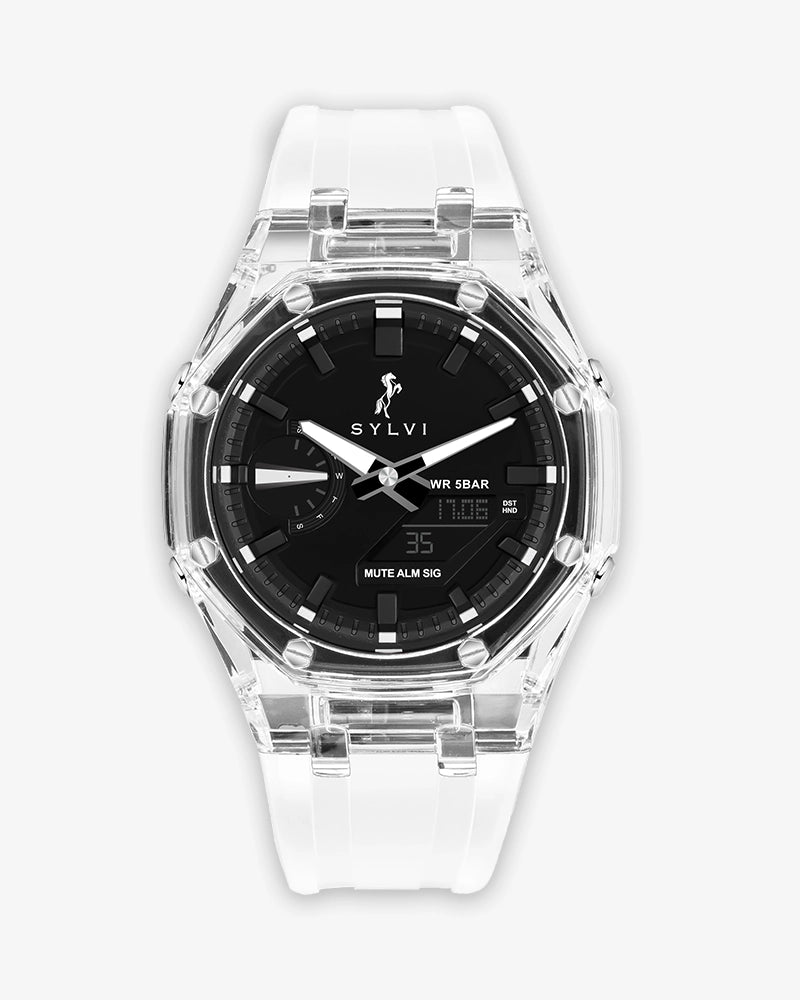


Leave a comment